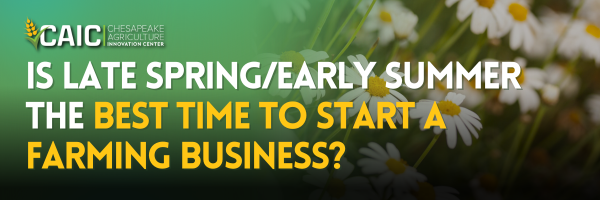When it comes to Christmas cookies, two kinds are better than one—especially when they’re made with local value-added products! In the latest edition of our “Let’s Eat, CAIC” series, which highlights different ways to use local ingredients, we’ll show you how to make a delectable batch of Christmas jelly cookies with a vintage twist.
Toward the very end of the fall market season, our social media manager Pam Foulke stopped by the Rehoboth Beach Farmers Market. There, she found a jar of fresh apricot preserves from Delaware-based Backyard Jams and Jellies—one of more than 85 flavors the company offers!
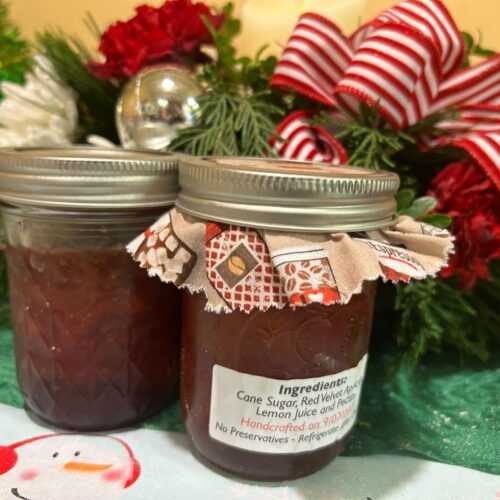
More recently, Pam paid a visit to the annual Christkindlmarkt on Denton Main Street, where she picked up a jar of strawberry jelly from Denton-based Copper Creek Farm, which also serves delicious baked goods. With both jars of jam in hand, she baked these crowd-pleasing Christmas cookies, using her own variation on a recipe dating all the way back to 1975. (Disclaimer: it’s not the easiest recipe, but it’s well worth the effort!)

Read on for the recipe, watch the video of the baking process at the bottom of the page (or here on YouTube), and try it out for yourself!
Local Christmas Jelly Cookies
Ingredients:
One cup of softened butter or margarine
One cup of sugar (plus more for sprinkling on the cookies afterward, if you’d like)
One egg
One egg white, slightly beaten
Three cups of flour
Half a teaspoon of salt (note that this may seem like a lot, but trust us—it brings out the other flavors of the cookies perfectly!)
Half a cup of jelly (any kind you like)
Makes about three dozen cookies
Useful Tools:
Two cookie cutters (any shape you like!): one that’s two inches in diameter, and another that’s 2.5 inches in diameter
A rolling pin
A cookie sheet
A pastry brush (highly recommended for brushing the cookies with the egg whites!)
1. Cream the butter, and combine it with three quarters of a cup of sugar before beating in the egg.
2. Mix together the flour and the salt, and combine it with the rest of the ingredients. Stir it well.
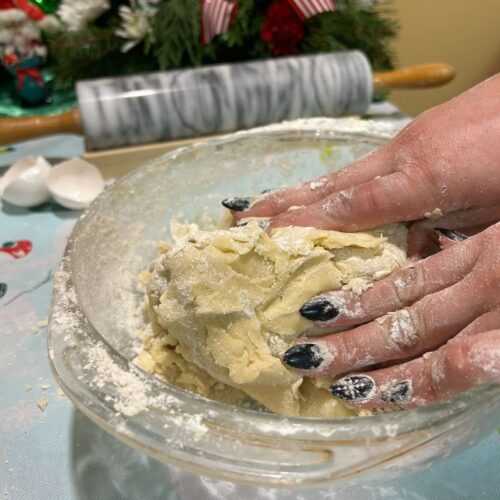
3. Roll the dough out, using a rolling pin, onto a flat surface dusted with flour until it’s about an eighth of an inch thick.
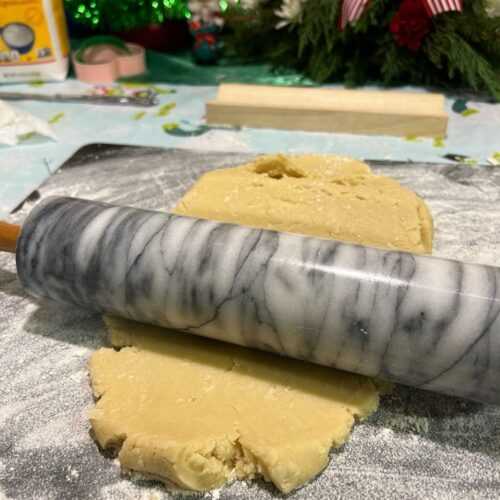
4. Preheat the oven to 375℉. (Here’s where it gets slightly more complicated.) Using the larger of your cookie cutters of choice, cut approximately 54 cookies, rerolling the dough as necessary.
5. Place about 36 of the cookies on a baking sheet (ungreased), and bake them for eight to 10 minutes at 375. These are going to be the bottoms of the cookies.
6. Using the smaller of the two cookie cutters, cut each of the unbaked cookies so that just the rims remain. These are going to be the cookie tops.
7. Place all of the cookie cutouts onto the ungreased baking sheet (carefully!). Using a pastry brush, brush each of the cookies with egg whites, as well as a sprinkle of sugar.
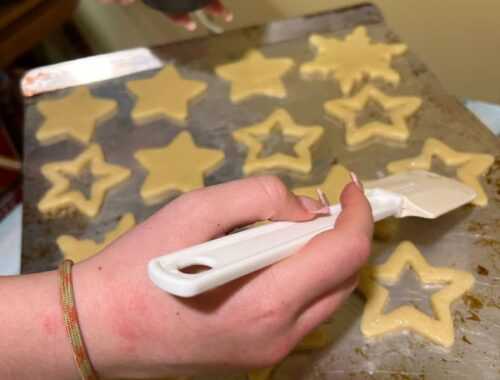
8. Bake the cookies for about six to eight minutes at 375.
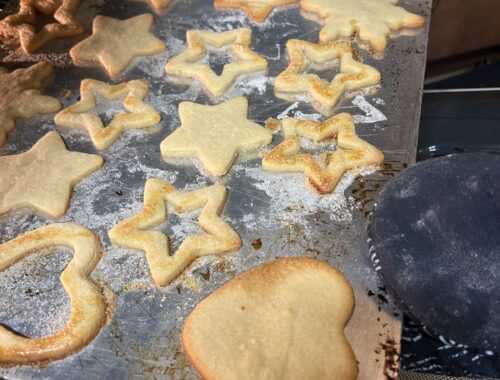
9. Now, it’s time to put them all together! Spread jelly onto the cookie bottoms (the parts without the cutouts). Then, place a cutout piece on top of each of them.
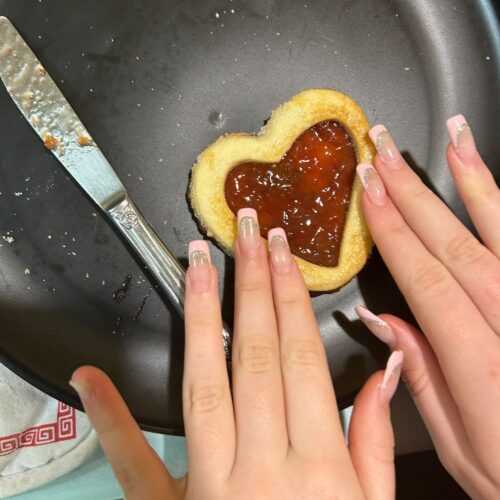
Happy holidays! Make sure to follow CAIC on social media for more festive fun.



